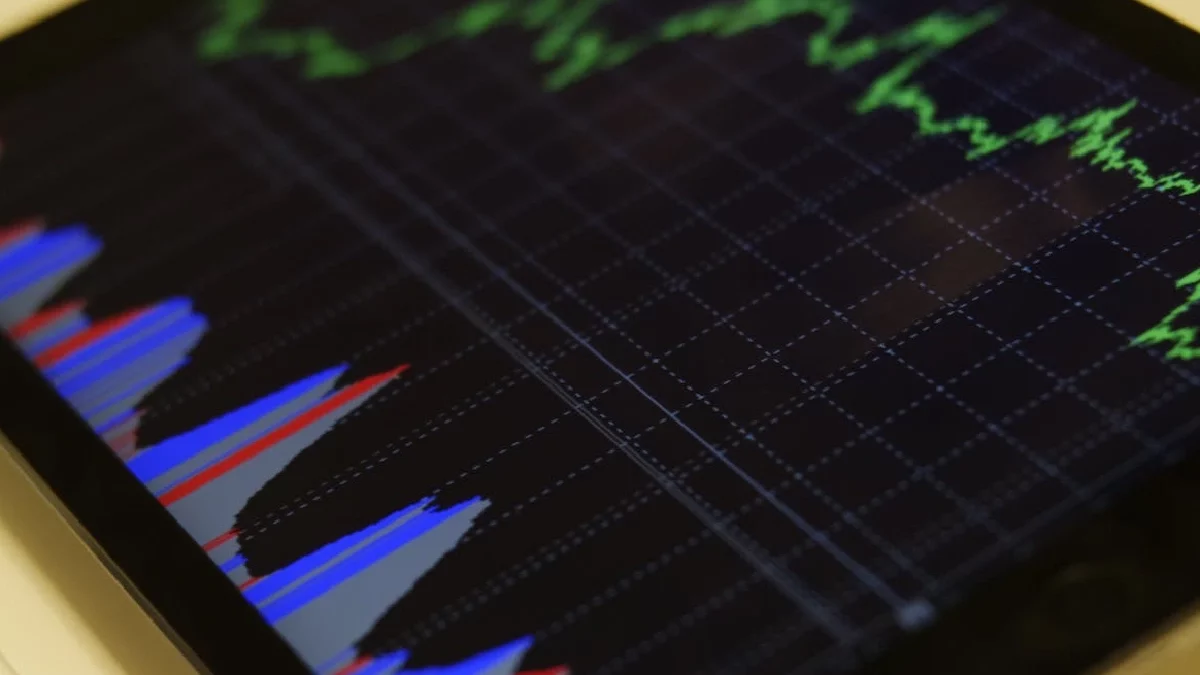Table of Contents
Technology Trend
The technology trends that will arrive in the distant future focus on three crucial points. Artificial Intelligence, the digital world, and connectivity. Perhaps the latter is being developed with incredible speed today due to many users currently using communication networks.
Technology will continue to multiply business capacity in 2024. As a result, the IT sector will continue. However, this has only just begun, and the technological trends of 2022 are full of “old associates”. That is evolving, and the latest advances will further transform day-to-day the way we relate and work.
What is a Technology Trend?
Technology trends mean staying ahead of what’s happening in the tech world, knowing about the latest, highest-paying jobs and certifications, and keeping an eye on the future.
The need to feel accompanied is becoming more assertive, forcing companies to be present in all possible channels. Such as physical stores, eCommerce, mobile apps, call centres, and social networks were creating new challenges and changes in how clients respond to that need.
Technologies play a crucial factor since a true Omnichannel (delivering a unified experience in each of the channels) requires not only a trained work team with a vision of the future. But also solutions that optimise operations streamline production and output of the product and, above all: improve the customer experience.
1. Multi-Cloud Infrastructure
Multi-cloud environments, where a company uses more than one cloud platform with at least two or more public clouds, are exceptionally flexible and scalable on-demand. This division of environments will be essential to reduce dependency on a single supplier. In addition, it increases the level of security and reduces the chance of data loss or downtime due to component failures in the cloud.
Locate the processing resources as close as possible to the users. We are reducing the minimum latency time and obtaining optimal performance and high levels of security. According to IDC data, 46% of Spanish companies already use a cloud solution, and this trend expects to continue to rise.
2. Metaverse
We couldn’t reference it in this compilation of trends since it has a position as the megatrend that will define a new era and that will be able to achieve the same impact that the Internet had.
This digital creation where physical and virtual reality mix in a shared online space will completely change how we work, shop, connect and have fun. The metaverse will give companies great opportunities. They range from increasing their social presence to office work, payments, health, buying and selling products, etc.
International giants such as Facebook (which has already different its name to Meta), Zara, Epic Games, and Microsoft are just examples of companies joining this trend—being the great promoters of this new universe. So, of sequence, there is still work to be complete to see 100% of what is going to achieve. But we must not lose sight of it.
3. New Convolutional Neural Network Architectures: ConvNext
The irruption of Transformers in computer vision has improved the ability of neural networks to extract features from images and the possibility of long-range modelling dependencies. It has increased the success rate in classification, object detection, and image segmentation tasks.
Thanks to the techniques learned in developing hybrid architectures that use “Vision Transformers. Many research groups have presented new topologies that change the traditional use of convolutional neural networks. For example, it is the case of the new network shown by Facebook research: A ConvNet for the 2020s called ConvNext, which has outperformed the “Vision Transformers” architectures in results (ImageNet Benchmark) using only convolutional neural networks.
4. Predictive Analytics

It’s not new to the trending graphs. But it earns to make a comeback in 2024 because predictive analytics tools will continue to be game-changers across industries. For example, predictive analytics plays a vital role in data analysis and consolidation of data lakes if we talk about efficiency. Therefore, it will be at the top of new projects, especially in the IT ecosystem. Also, it will be crucial in driving IoT technology and cybersecurity.
5. Edge Computing and Native Clouds
We are at a time when the need for sovereignty and edge computing has accelerated cloud adoption in organisations worldwide. As a result, cloud-native platforms will play a critical role over the next year. They account for 95% of new digital initiatives within three years.
The companies that have already linked this cloud model have seen how they have completely transformed their business and operating and governance models. Computing designed to counter the cloud’s control brings capabilities and resources closer to users in real time.
6. Low-Code Services
We are moving toward the democratisation of data and technology. So we expect that one of the significant-tech trends of 2022 will be low-code services. We have seen how skills and tools at the service of innovation have been made available to the growing number of society.
The lack of experience or knowledge has triggered popularise “low-code” solutions. Together with AI and IoT infrastructures, they are becoming more common among companies that do not have a single server or their cognitive code. Therefore, these low-code interfaces will gain ground.
7. Computer Vision and Pattern Recognition
Computer Vision or Computer Vision continues to advance and present significant advances. As a result, we are discovering more and more use cases in which this technology is helping to recover the service of many businesses.
This unlocking of information from the translation of images and videos significantly impacts consumers, but it has only just begun. In telemedicine or security, it has numerous applications, such as detecting conditions.
*Extra Trend
NFT (Non-Fungible Tokens) with Artificial Intelligence
NFTs are digital assets that are altering the online market—allowing the revaluation of products or goods that, until now, had circulated for free on the network. In addition, the Internet has made content easier to consume and more challenging to protect. Thanks to NFTs, blockchain-based records show the digital ownership of different items. Such as art, collectables, or music allows creators to access new technologically sophisticated revenue streams and interact with users and fans in innovative ways.
Conclusion
Despite the great variety of technology trends advances for 2024. They all have the same standard denominator tools and advances focused on continuing to drive digitisation and increase the efficiency and growth of all types of companies. The adoption of digital environments has become vital for both productivity and customer loyalty.

